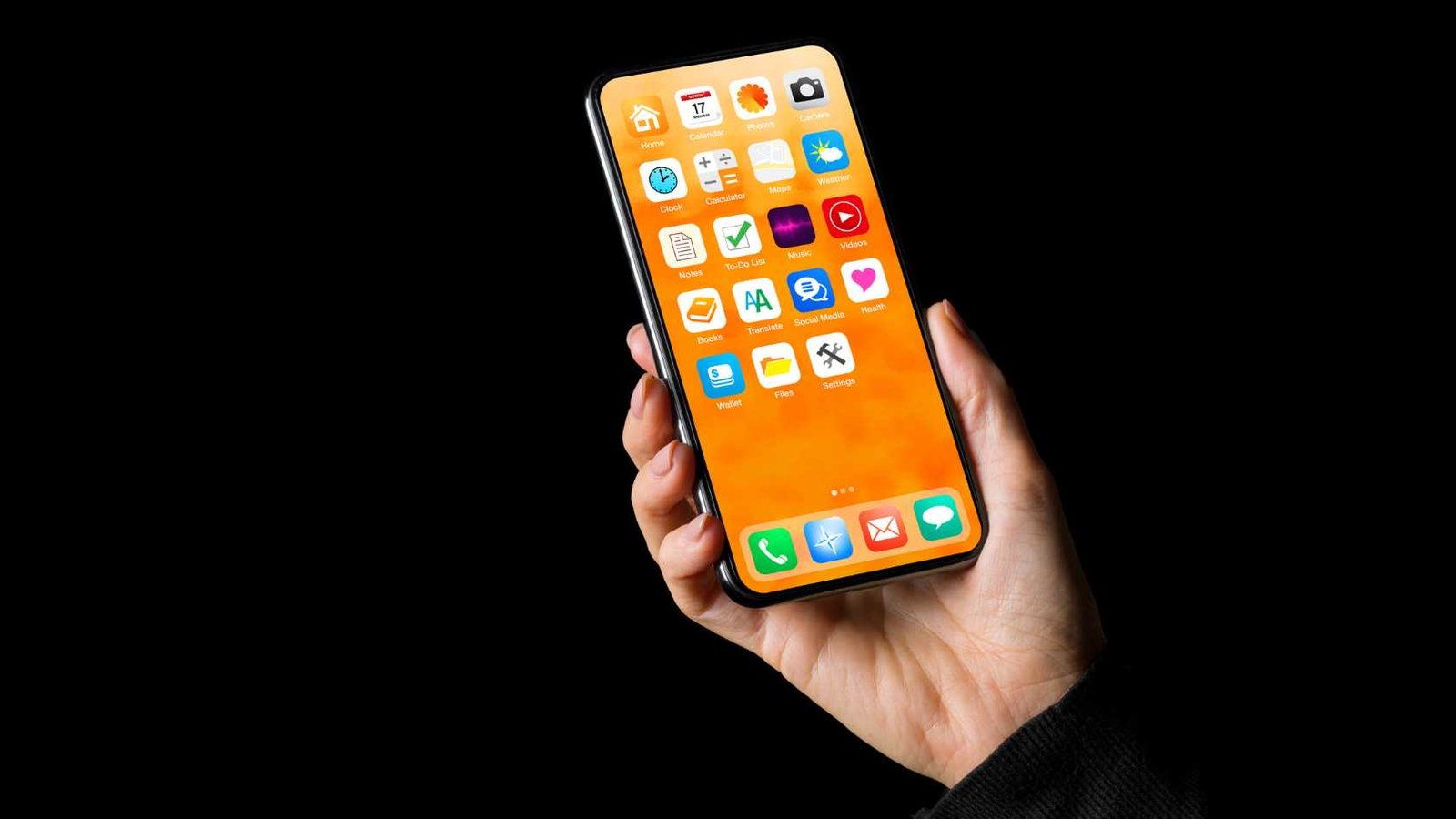
One potent tool for relevant and targeted communication is the ability to modify Android service push notifications according to user choices and behavior. One of the most important features that let developers improve the app experience for consumers is personalization, which lets them customize alerts for each user. Developers may tailor alerts to users’ interests, product choices, and app history by analyzing their preferences. A user’s shopping habits or past purchases might influence the kind of product recommendations shown in personalized push notifications from an e-commerce app. This specific method not only piques the interest of the user but also boosts the chances of interaction and purchase.
Visit https://www.nashpush.com/android-push-notification-service to get more detailed information.
Enhanced relevance via real-time adaptation of dynamic content and behavior triggers
Push notifications for Android services may dynamically change information depending on user actions in real time, keeping it relevant and up-to-date. Incorporating behavior triggers allows developers to set up targeted alerts that go off when certain user actions or events occur. Take a news app as an example. It might tailor its alerts to each user based on their reading preferences and the kinds of things they’re most interested in. App developers may provide timely alerts with useful information or incentives by studying user activities. An improved user experience and stronger app value proposition are the results of this degree of dynamic adaptation, which makes sure that notifications not only mirror user tastes but also react to their urgent demands.
Improve personalization strategy with user segmentation and testing
Android service push notifications often use meticulous testing and user segmentation to further enhance customization. User segmentation is the process of dividing users into different groups according to their demographics, engagement history, or geography. By breaking users into particular groups based on their interests, developers may send them alerts with material that is more likely to pique their interest. Engineers may try out various customization tactics using testing, such as:
- altering notification content and timing;
- the use of innovative metric approaches;
- call-to-action features.
In order to maximize engagement rates and guarantee that alerts always provide value to consumers, this iterative method aids in identifying the most effective customization strategies. By combining user segmentation with appropriate testing, developers may achieve pinpoint accuracy in customization techniques and notification delivery based on user preferences and actions.
Finally, there are a lot of options for customization depending on the user’s preferences and actions using Android service push notifications. By analyzing user behavior inside the app, developers may personalize alerts based on users’ interests and behaviors. Enhancing the user experience, dynamic content adaption via behavior triggers guarantees real-time relevance. By dividing users into several groups and then conducting efficient tests, developers may optimize personalization tactics by tailoring the content and delivery of notifications to each group. Consequently, tailored Android push notifications improve engagement, user happiness, and the app’s overall performance by capturing users’ attention.









